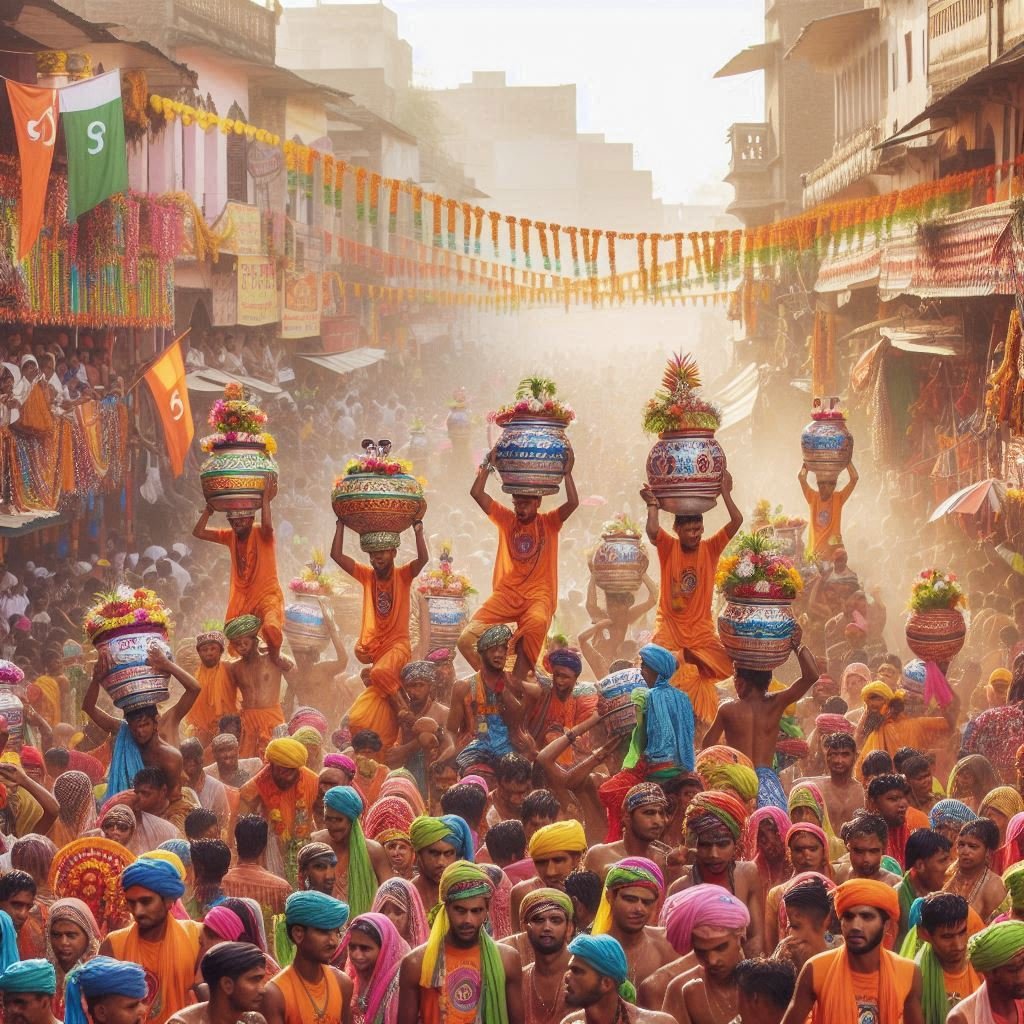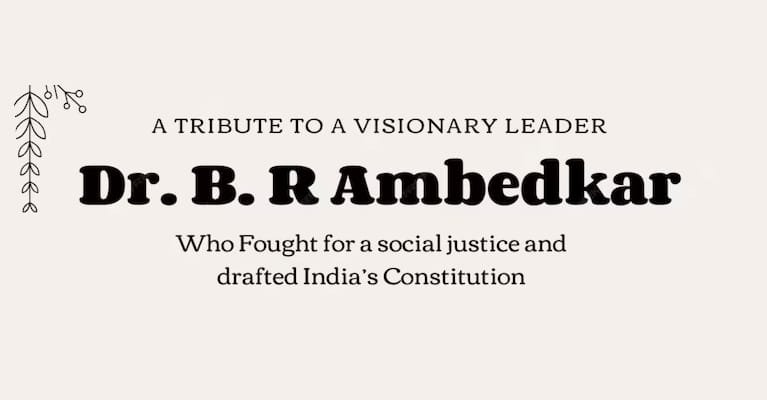Rath Yatra of Jagannath Temple located in Puri, Odisha, one of the holy places of India, is world famous. According to the Hindu calendar, every year this journey starts from the second date of Shukla Paksha of Ashadha month and continues till Dashami of Ashadha Shukla. Brother Balram and sister Subhadra also join Lord Jagannath in this Rath Yatra. This Rath Yatra of the Lord starts from the temple of Puri and goes to the Gundicha temple. In this Gundicha temple,
This festival is celebrated for 3 Gods
1-Lord Jagannath
2-Lord Balabhadra
3-Goddess Subhadra
Gods stay till Dashami of Shukla Paksha of Ashadh month. Then after this they return back to their temple in Puri. To participate in this journey of Lord Jagannath, every year lakhs of his devotees from all over the world reach Puri and participate in the Rath Yatra.
Jagannath participated in the Rath Yatra after the puja. There are many different stories and opinions among the devotees as to why the Rath Yatra takes place.
Jagannath is made up of two words. In this, Jag means universe and Nath means God.
Lord Jagannath is considered to be a form of Lord Krishna, who is one of the incarnations of Lord Vishnu himself. However, this Rath Yatra has also been described in detail in Skanda Purana, Narad Purana, Padma Purana and Brahma Purana. The religious belief regarding this Rath Yatra is that Lord Jagannath’s sister Subhadra had once expressed her desire to see the city. Then Lord Jagannath and Balram showed their sister Subhadra the city on the chariot. During this time, he also went to his aunt’s house, Gundicha Temple, and everyone stayed there for nine days. It is said that this tradition is being followed since then.
However, there are many other beliefs regarding this Rath Yatra. According to another belief, the mythological belief behind Rath Yatra is that Lord Jagannath is born on the day of Snan Purnima (Jyestha Purnima). Then Lord Jagannath along with his elder brother Balram and sister Subhadra are taken down from Ratnashasan and brought to the bathing pavilion near the temple. Where he is bathed with 108 urns. The belief is that due to this bath, God becomes ill and gets fever. After this, he was kept in a special room (Osar Ghar) for 15 days under the supervision of chief servants and physicians.

Major steps in celebration
1- Rath Construction: Before the festival, Rath for Lord Jagannath, Lord Balabhadra and Goddess Subhadra are constructed from wood and beautifully decorated by skilled artisans.
2-Chhera Pahanara: On the day of Rath Yatra, King Gajapati Maharaj of Puri cleans the Rath with a golden broom and offers prayers. This ritual symbolizes the king’s humble service to Lord Jagannath.
3-Pulling the Rath: Devotees gather in large numbers to pull the Rath with ropes. Getting the opportunity to pull Rath is considered an honor and an act of devotion. The Rath are pulled from Jagannath temple to Gundicha temple, which is about 3 kilometers away.
4-Stay at Gundicha Temple: After reaching Gundicha Temple, Lord Jagannath, Lord Balabhadra and Goddess Subhadra stay there for a period of eight days. Devotees visit the temple to seek blessings and offer their prayers.
5-Bahuda Yatra: On the eighth day, known as Bahuda Yatra, the deities return to the Jagannath temple. The Rath are pulled back to their original place, and this marks the conclusion of the Rath Yatra festival.
Prasad:
There are two types of Mahaprasad available in Jagannath Puri Rath Yatra:
1-Dry prasad(Coconut, laddu, sweets)
2-Wet prasad(mixed rice, vegetables, Malpua)
So you can offer this dish to the Lord at home also.








